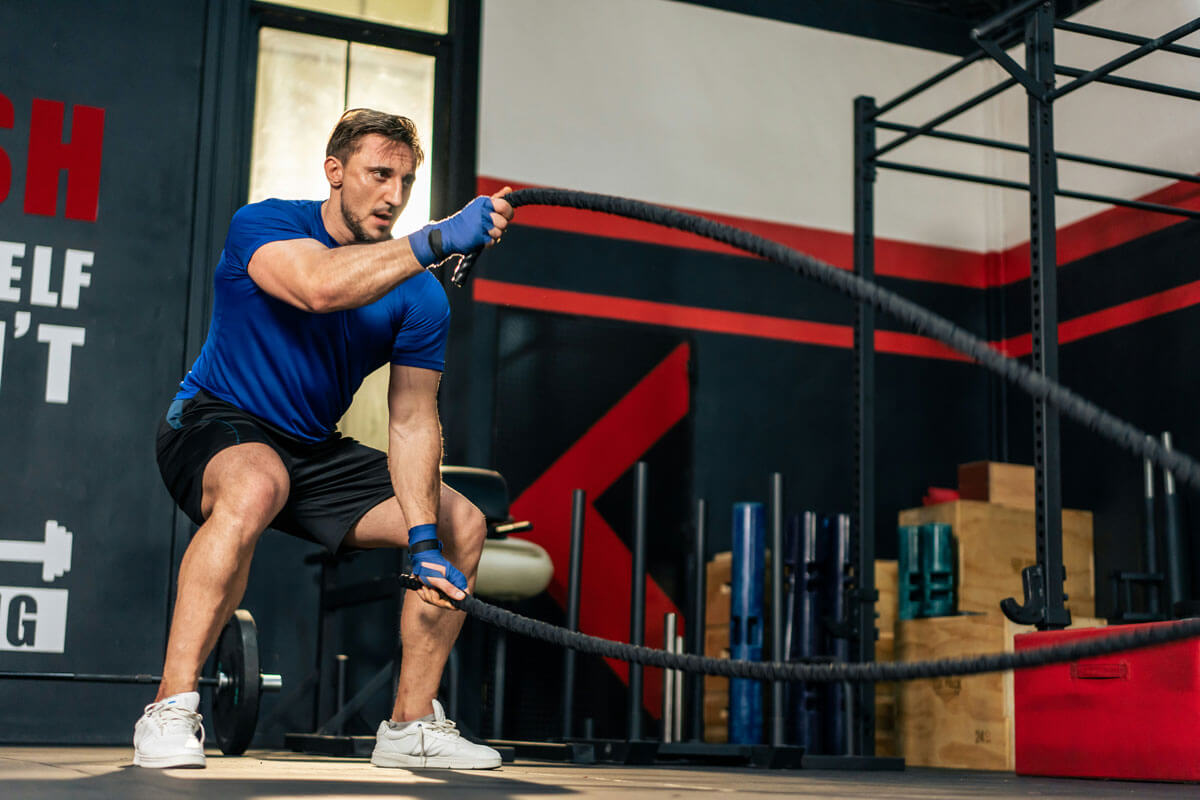
The Science Behind Functional Strength
Functional strength has become one of the most popular terms in modern fitness — yet, many misunderstand what it truly means. It’s not just about lifting odd objects or balancing on unstable surfaces; it’s about training your body to perform real-world movements efficiently, safely, and powerfully.
1. What Is Functional Strength?
Functional strength refers to the ability of your muscles to work together effectively to perform natural movement patterns — pushing, pulling, lifting, rotating, carrying, and stabilizing. Unlike isolated bodybuilding exercises, functional training aims to enhance movement performance, not just muscle size.
A functionally strong athlete can transfer strength from the gym into daily activities or sports — whether that means lifting a heavy box, sprinting, grappling, or throwing.
2. The Science Behind It
At its core, functional strength is built upon neuromuscular coordination, kinetic chain efficiency, and stability under load.
-
Neuromuscular Adaptation: Training movements instead of muscles improves communication between the brain and body. Studies show that compound, multi-joint exercises lead to greater improvements in coordination and balance compared to isolated movements (Behm & Sale, 1993).
-
Kinetic Chain Integration: Functional exercises activate multiple muscle groups across joints — for example, a deadlift involves the posterior chain from the hamstrings to the spinal erectors, teaching the body to move as one system.
-
Core Stability and Force Transfer: A strong core stabilizes the spine and allows effective force transfer between the upper and lower body (Kibler et al., 2006).
This scientific approach trains movement patterns, not muscles, resulting in practical, transferable strength.
3. How Functional Strength Differs from Traditional Strength
| Aspect | Traditional Strength | Functional Strength |
|---|---|---|
| Focus | Muscle isolation (biceps, chest, legs) | Movement patterns (push, pull, hinge, carry) |
| Goal | Hypertrophy, aesthetics | Real-world performance, mobility |
| Plan | Fixed machines, controlled range | Free weights, unstable or dynamic conditions |
| Outcome | Muscle size and symmetry | Coordination, balance, usable strength |
Functional strength training doesn’t reject traditional lifting — it integrates it intelligently to build a foundation that supports both performance and longevity.
4. Application in Coaching and NASC Curriculum
In NASC’s strength and conditioning programs, functional strength is emphasized as a core competency for coaches. Trainers learn to:
-
Conduct movement assessments (e.g., squat, hinge, push, pull, lunge, rotate).
-
Program multi-plane exercises to build strength in all directions.
-
Apply biomechanical principles to correct inefficiencies and prevent injuries.
The goal isn’t to look strong — it’s to be strong in motion.
5. Why It Matters
Functional strength reduces injury risk, improves posture, enhances sports performance, and increases overall quality of life. It’s a scientific reminder that strength without control is incomplete, and that real fitness means being capable — not just muscular.
As Zatsiorsky & Kraemer (2006) noted, the integration of motor control, balance, and stability within resistance training leads to superior athletic performance and everyday functionality.
Key Takeaway
Functional strength is not a buzzword — it’s the science of training the body to move better, not just harder.
A NASC-certified coach understands that true strength is about efficiency, adaptability, and purpose-driven movement — built through intelligent, evidence-based training.
References
-
Zatsiorsky, V. M., & Kraemer, W. J. (2006). Science and Practice of Strength Training (2nd ed.). Human Kinetics.
-
National Association for Strength and Conditioning Research (NASC). (2024). Strength and Movement Integration Manual. NASC Publications.
